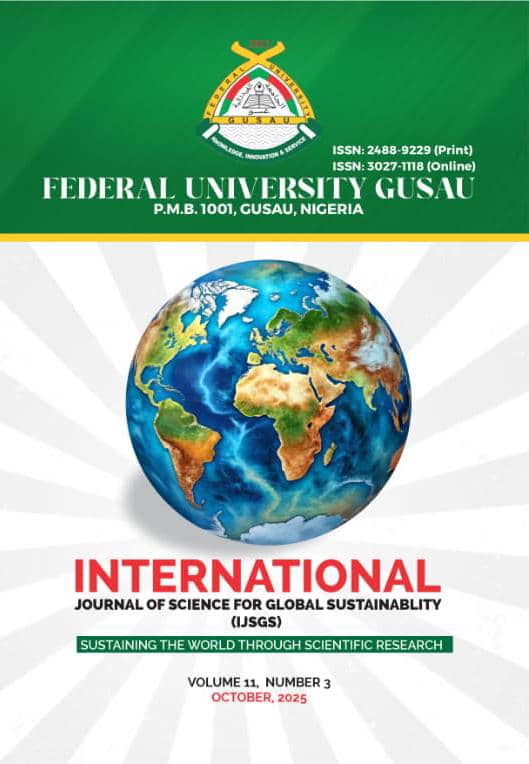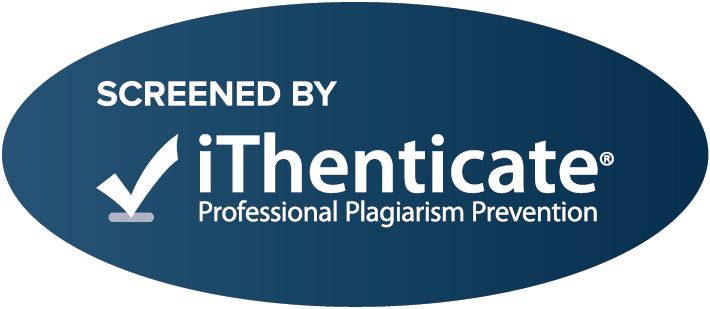Isolation and molecular Identification of Lead Tolerance Bacteria from Contaminated Soil of Different Mining Site in Minna, Niger State, Nigeria
DOI:
https://doi.org/10.57233/ijsgs.v11i3.943Keywords:
Lead, Lead tolerance, Bacteria isolation, Mining sites, BioremediationAbstract
ABSTRACT
Lead contamination resulting from mining activities pose a significant environmental and health risk. this study focused on the isolation and molecular identification of bacteria exhibiting high tolerance to lead from contaminated soil samples collected from various mining sites in Minna, Niger State. The serial dilution and plating technique was employed to isolate lead tolerance bacteria on nutrient agar. The isolates were screened on nutrient agar supplemented with varying concentration of lead acetate (0.2 -1.0mg/ml) for lead tolerant determination. The isolates lead removal potential was determined using mineral salt medium (MSM) and incubated for 8 days at room temperature. The isolates were characterized based on their morphological, biochemical properties and molecular identification using 16S RNA gene sequence analysis. Four bacterial strains HM1, HM2, HM3 and HM4 were isolated. Bacteria HM3 effectively tolerated lead at various concentrations ranging from 0.2mg/ml - 1.0mg/ml. lead removal potential results showed the potency of HM3 in the reduction of lead on the 8th day with absorbance value of 0.002. Results from the biochemical test, blasting, and phylogenetic analysis showed that bacterial HM3 belongs to bacillus subtilis with 99% maximum identity to this specie. These isolates, particularly HM3 exhibit high tolerance and removal potential, represent potential bioremediation agents for mitigating lead pollution in contaminated soils, offering an eco-friendly approach to environmental clean-up.
Downloads
Published
How to Cite
Issue
Section
License
Copyright (c) 2025 Author(s)

This work is licensed under a Creative Commons Attribution 4.0 International License.












